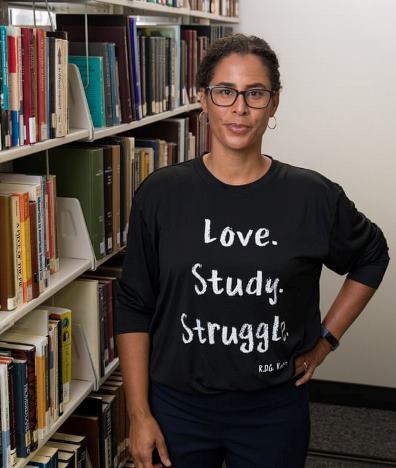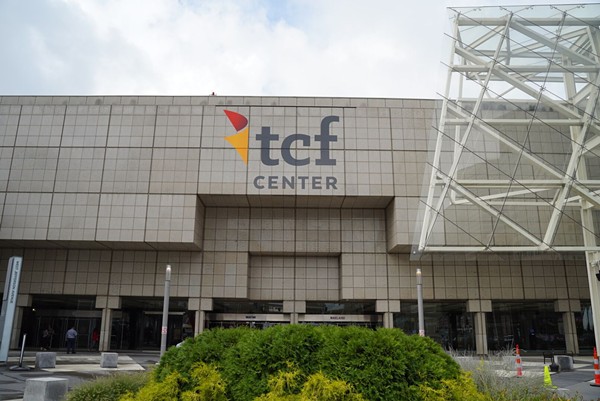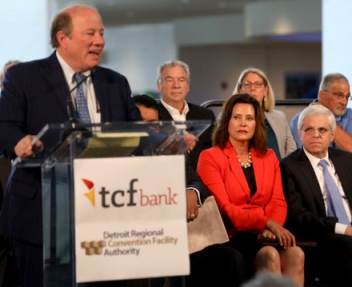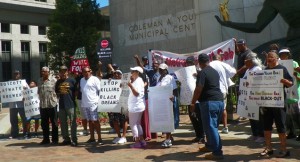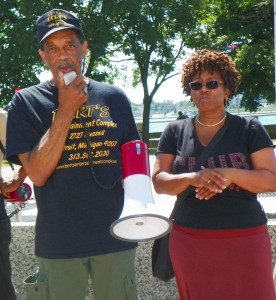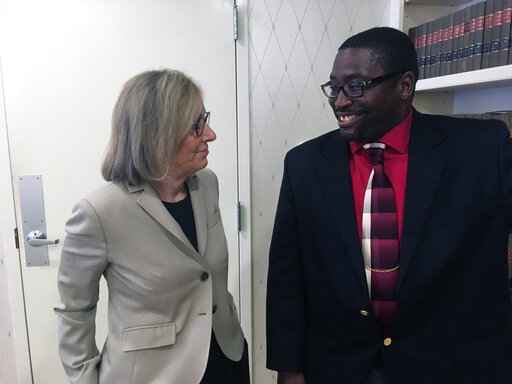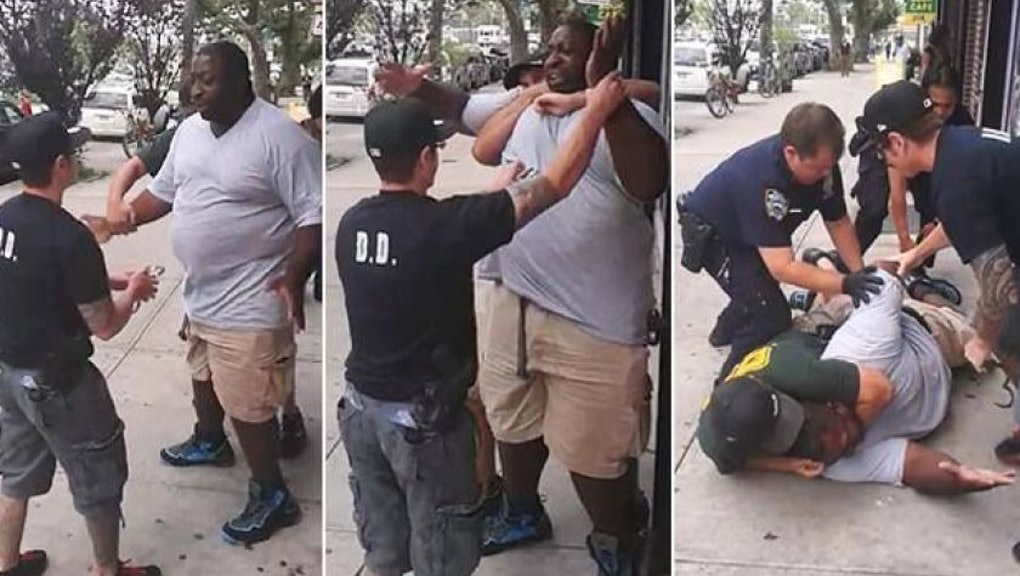An eerie new video shows Italians of all ages sharing what they would have told themselves 10 days ago about taking the coronavirus seriously before it devastated the country.
“We underestimated this–you don’t have to do the same.”
Italians have a message for any Americans not taking the coronavirus seriously: Don’t say you weren’t warned.
An unsettling new video features a group of Italians sharing what they would have told themselves 10 days ago about taking precautions to stop the spread of the coronavirus before it devastated the country.
Italy’s number of coronavirus cases reached 27,980 on Monday, up 3,000 from just a day earlier, with 2,158 dead, including 350 in a single day, Italian government officials announced. The country is now the epicenter of the pandemic, with more new cases than China, where the virus originated.
Empty streets and shuttered stories have been seen across the country as 60 million people are confined to their homes, while exhausted doctors and medical staff work around the clock at overwhelmed hospitals.

An Italian state police officer processes passengers in Milan on March 10, 2020.
Italy’s coronavirus crisis could be America’s
“Get ready!” doctors in Italy warn.
Three weeks ago, Italy barely had a coronavirus problem. Back then, when there were just three confirmed cases, shops and cafes were open, tourists flowed in and out of the country’s magnificent holiday destinations, and quarantines were relegated to history: 14th-century Venice during the Black Death.
Now, Italy has the highest number of reported Covid-19 cases and deaths outside China: more than 15,000 and 1,000, respectively, as of March 13. Those figures are greater than that of two other coronavirus hot zones — Iran and South Korea. And they’re why the focus of the Covid-19 pandemic has now shifted to Europe.
“Europe has now become the epicenter… with more reported cases and deaths than the rest of the world combined, apart from China,” said World Health Organization director general Dr. Tedros Adhanom Ghebreyesus on Friday. Europe is also reporting more cases each day than China at the height of its epidemic, he added.
In an effort to slow the spread of infection, the Italian government on Monday announced an extraordinary measure for a Western democracy — one that hasn’t been tried in modern times at the country level: The entire peninsula was put under quarantine orders until at least April 3. Some 60 million Italians were asked to stay home.
By Wednesday, Prime Minister Giuseppe Conte added new coronavirus restrictions, ordering most businesses — except grocery stores and pharmacies — closed.
The major reason for the extreme response: Cases in Italy escalated fast and the coronavirus overwhelmed the country’s health system, particularly in the north. More than 80 percent of the hospital beds in Lombardy, the hardest-hit province, are being occupied by coronavirus patients, according to Bloomberg. Intensive care units are overloaded while elective surgeries have been canceled in the process to free up beds. Stories abound on social media about doctors struggling to meet their patients’ needs.
But hidden behind the official Covid-19 numbers is a much broader health crisis, rapidly accumulating across the country. Even greater than the official coronavirus toll may be the collateral damage wrought by an overstretched health system: the pregnant women and babies, cancer and HIV patients, and children in need of vaccines who are now less likely to get the health care they need.
“Most health systems are pretty streamlined and … so an excessive increase [in patients] rapidly strains resources,” said Richard Neher, a University of Basel researcher who has been modeling how Covid-19 could stress hospital demand. “If you react too late, you’re in trouble.”
“What is very clear,” Neher added: “Without a drastic reduction in transmission of the virus, health systems will be overwhelmed.”
In other words, Italy’s situation today could be any country’s situation tomorrow. Lombardy — one of the wealthiest regions in Europe — shows how an outbreak, almost overnight, can spiral into a full-fledged crisis when officials don’t prepare and react too slowly. And that surge, many believe, is coming to the US and other countries in Europe very soon.
It’s not clear why Italy’s cases ramped up so fast
At the beginning of February, Italy had only a few identified Covid-19 cases. By February 23, Italian officials reported 76 confirmed cases to the World Health Organization. Two days later, that number grew to 229. The case and death toll rose exponentially from there while people with the virus who’d come from Italy were identified in countries as far and wide as Nigeria, Switzerland, and Brazil.
At that time, the rapid rise in coronavirus cases — both within the country and among travelers — was so concerning, a joint WHO and European Center for Disease Prevention and Control mission went to Italy to figure out what was going on. Authorities, meanwhile, scrambled to impose severe measures to try to stop the virus. In the country’s north, sporting, religious, and cultural events were canceled along with university classes. Anyone who tried to enter or leave the areas in Lombardy where the outbreak was occurring faced fines. The severity of the response rivaled only that of China.
On Monday, the response escalated even further. The government effectively stopped movement across the country, asking people to leave home only for essential work and necessities, like food. All public gatherings and meeting places — theaters, gyms, ski resorts, clubs, schools, sporting events, even weddings and funerals — were also shut down. On Wednesday, Conte announced all shops, except for grocery stores and pharmacies, would be shuttered.
It’s not clear why Italy’s Covid-19 outbreak spiraled so quickly relative to other European countries, but there are several competing theories.
One is that an aggressive testing campaign centered in wealthy Lombardy has inflated the problem at a time when other countries have lagged in detecting cases. Relatedly, the government started looking for the virus too late. Matteo Renzi, a former Italian prime minister, pointed out that the virus had been spreading in Italy for 10 days before health officials realized. So Italy was forced into reaction mode — something other countries should avoid, Renzi told the New York Times. “Today the red zone is Italy,” he warned. In 10 days, Madrid, Paris, and Berlin may be in the same situation.
Another theory is that intense spread of the virus in the hospital system, before doctors realized there was a problem, may have amplified the outbreak. Some 10 percent of medical workers in Lombardy have been infected, according to a March 3 Washington Post report, and health workers account for 5 percent of those infected in the country. (Bolstering this explanation: The WHO-ECDC joint mission report suggests Italy should work on its infection prevention and control measures in hospitals.)
There’s also speculation about whether Italy’s burden is particularly severe because of the country’s aging population. Covid-19 is known to hit older adults particularly hard. That, along with the fast rise in confirmed cases, has tested the limits of the health system.
In a public letter, Italian doctors had a similar warning for the world: “We are seeing a high percentage of positive cases being admitted to our intensive care units (ICUs), in the range of 10 per cent of all positive patient[s].
“We wish to convey a strong message: Get ready!” Italy, they warn, is more of a harbinger of what’s to come around the world than a unique hot zone.
Covid-19 projections suggest the disease is on track to spike in the US
In many countries, perhaps including Italy, once officials have started testing more broadly for Covid-19, they find more cases. And testing so far in the US has been painfully inept and sluggish. As it ramps up, experts expect an uptick in Covid-19 cases in America.
For evidence, look at the projections coming out of America’s largest outbreak, in Washington state, where there are 457 cases to date.
According to Fred Hutchinson Cancer Research Center computational biologist Trevor Bedford, Covid-19 may have been spreading in Seattle since at least mid-January, long before any spread was officially confirmed there, as Stat’s Helen Branswell first reported. Bedford has been working with Nextstrain, an open source project that tracks the spread of pathogens around the world, including Covid-19. He also used data from specimens collected to monitor flu activity in Seattle, which were then repurposed to look for coronavirus cases.
As of March 10, he and his colleagues estimated, there were as many as 1,100 cases in Seattle alone.
“The Seattle data implies there’s undetected community transmission,” said Bedford’s colleague Emma Hodcroft, co-developer of Nextstrain. “It tells us [Covid-19] is circulating widely enough that random people who don’t think they have coronavirus have it.”
That’s just Washington, though. The entire country is severely lagging in its testing capacity. As of March 8, only 1,700 Americans had been checked for the virus — a number that pales in comparison to the 50,000 who have been tested in Italy or the 23,000 tested in the UK, according to an analysis by Business Insider.
A new preprint on the scale of US spread estimated that, by March 1, there were already 9,484 Covid-19 cases in the US. That’s about nine times the 1,034 cases reported nationally.
“Looking at all the signs, and there are many, it would be shocking to me if we didn’t have large numbers of cases undetected, silently transmitting in the community, in multiple countries and regions,” said Lawrence Gostin, the director of the O’Neill Institute for National and Global Health Law at Georgetown University.
If cases more than double every week — as they appear to be doing in Italy — the US may soon be facing its own crisis.
“I don’t think [what happened in Italy is] something specific to what Italy did. It’s just that if the virus had a chance to spread undetected, it’s hard to make up that time,” said Hodcroft. “The Italian situation should be a big wake-up call to the rest of Europe and the US.”
What America and other countries need to do now
While Italy’s economy is already in a nosedive, we don’t yet know the extent of the damage stemming from the country’s overwhelmed health system. We can expect, however, it’ll be significant, said Gostin. “What we’ve learned from all past outbreaks is that when you have a stressed health system, many more people die of other diseases than they do of the actual outbreak disease.”
During the Ebola epidemic of 2014-’16, for example, people living in the countries at the center of the outbreak failed to have their basic medical needs met. In the ongoing Ebola outbreak in the Democratic Republic of Congo, interruptions in routine vaccinations helped spark a massive measles outbreak. In China’s Covid-19 epidemic, numerous stories have already emerged about cancer patients awaiting treatments who were turned away, and HIV patients who ran short on their drugs. That’s not to mention the economic and psychological toll outbreaks can have.
So what should America and other countries do now to prevent this kind of collateral damage?
First, health officials need to find ways to flatten the epidemic curve of the outbreak. And this starts with social distancing measures, like canceling mass public gatherings, encouraging employees to work from home, and even shutting schools and universities, if necessary.
“What’s dangerous about an outbreak is when everyone gets [the disease] at the same time and a health system can’t react,” explained Steven Hoffman, the director of York University’s Global Strategy Lab. “The whole goal of social distancing measures is to decrease the epidemic’s peak” and take that pressure off the health system.
In Italy, those measures weren’t implemented proactively — only as a desperate countermeasure after health officials started to see coronavirus cases climb. And other countries that haven’t yet recorded a spike in cases have time to be proactive.
Besides slowing transmission of the virus, though, there are many other things health officials should be doing right now to prepare for a surge. And they go far beyond the basics, such as making sure hospital beds and intensive care units are freed up to meet patient demand, that health professionals have access to personal protective equipment (including masks), and that there are enough ventilators to support the 10 percent of the potential Covid-19 patients who will need help breathing to stay alive.
In China, a vast effort to test and identify people with the virus, trace all their contacts, and quarantine the potentially exposed was key to tamping down the epidemic there, according to Bruce Aylward, the director of a World Health Organization mission to China. Chinese officials also reduced barriers to people seeking Covid-19 tests by offering them for free, and in some cases, sent health professionals into people’s homes to swab potentially infected individuals for the virus.
Last but not least, China enhanced its digital health care capacity to keep people from showing up at pharmacies, clinics, and hospitals, Aylward explained:
Normally a prescription in China can’t last for more than a month. But they increased it to three months to make sure people didn’t run out [when they had to close a lot of their hospitals]. Another thing: Prescriptions could be done online and through WeChat [instead of requiring a doctor appointment]. And they set up a delivery system for medications for affected populations.
This kind of approach is long overdue in America, even outside of a pandemic threat, said Tom Frieden, the former director of the Centers for Disease Control and Prevention. “There are over 100 million Americans with chronic conditions and people need to be on their medications for diabetes, seizure disorder, and high blood pressure. That [care] needs to not get interrupted.” And that means states and the federal government should be looking at how to deliver services to patients online right now, he added.
Another even more basic step is making sure patients know when to show up in clinics, when to get tested, and when to stay home, said Jennifer Nuzzo, an infectious disease expert and senior scholar at the Johns Hopkins Center for Health Security.
“My first worry is about people rushing to the ER because they are seeking information or testing,” she said. “That happened in the 2009 H1N1 pandemic. And that alone is going to put a strain on health systems.”
These measures should go further than the mass quarantine Italy is currently trying out. “This … resembles methods used in medieval times,” said Hoffman. “Once you institute that, not only are you putting the people within that [quarantine] at risk — you’re also encouraging a lot of other people who might not have left the area to flee.”
A preliminary modeling study focused on Wuhan — the city at the center of China’s outbreak — showed the lockdown there only delayed the epidemic’s progression by three to five days. “Yes, three days is better than nothing but not when it comes at the expense we saw [in China] and the expense that will continue to be incurred for decades to come,” Hoffman added. “Think of the psychological trauma on those people who were bolted into their homes, who had to explain the situation to their children.
“That will leave a lasting impression— all for three days’ delay.”
When people are socially isolated, when they don’t feel safe or dignified, “they are going to react and take actions that are not helpful for public health,” Hoffman added. That counterreaction is something Italy may soon have to contend with — and other countries too, if they don’t prepare now.
Bedford has been working with Nextstrain, an open source project that tracks the spread of pathogens around the world, including Covid-19. He also used data from specimens collected to monitor flu activity in Seattle, which were then repurposed to look for coronavirus cases.


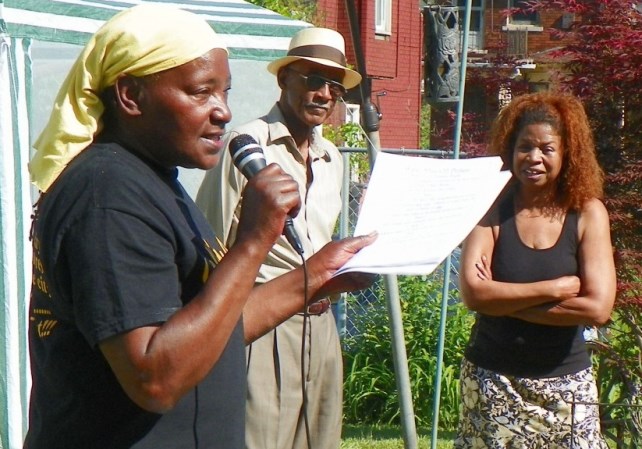
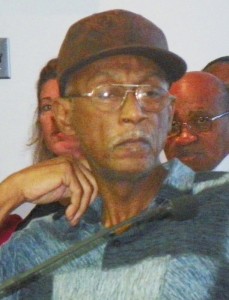
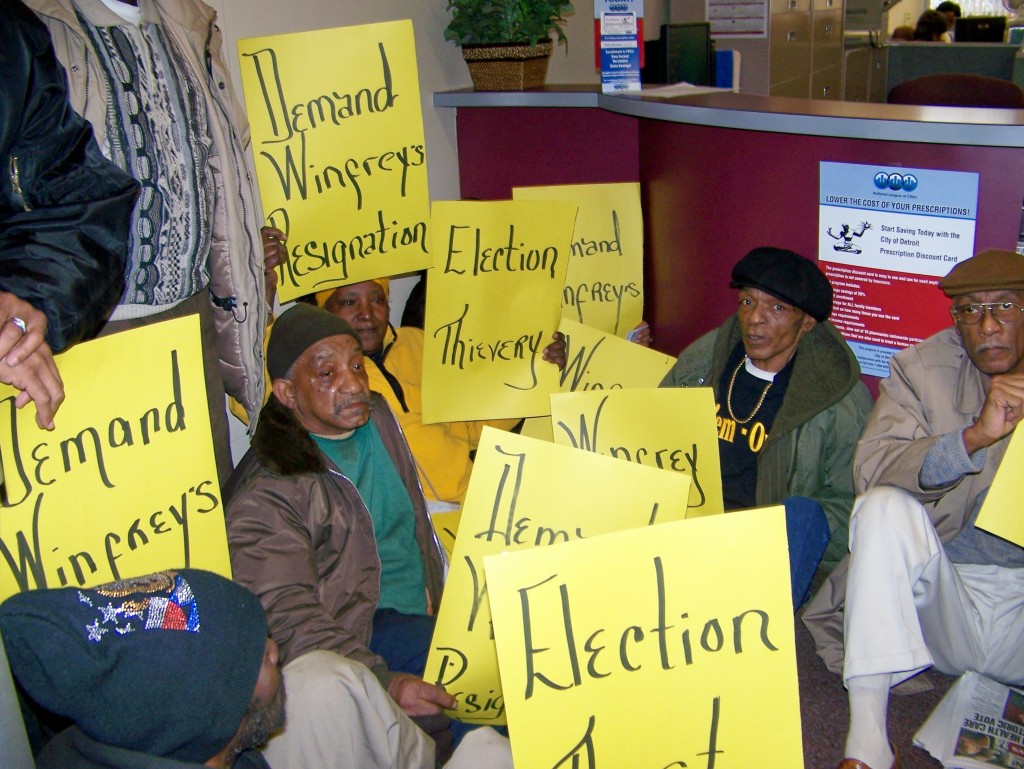
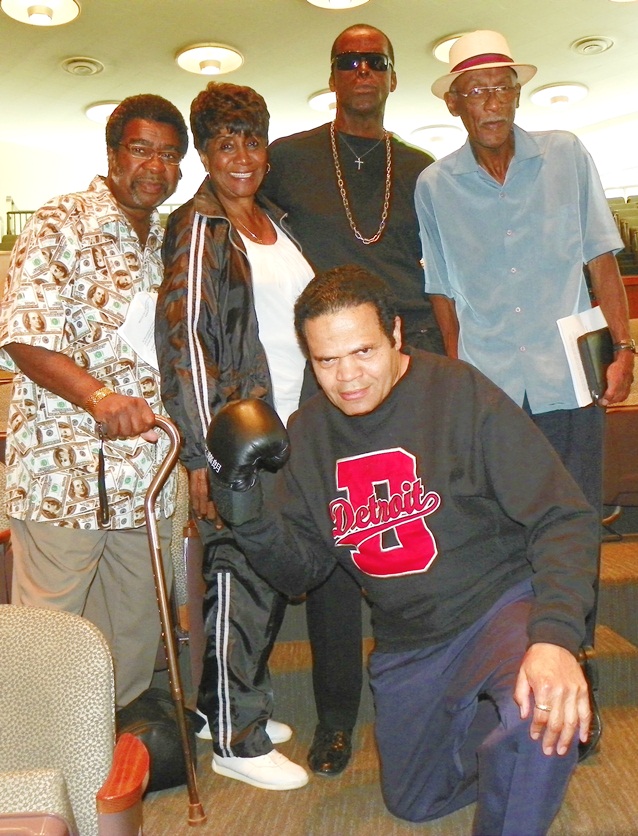
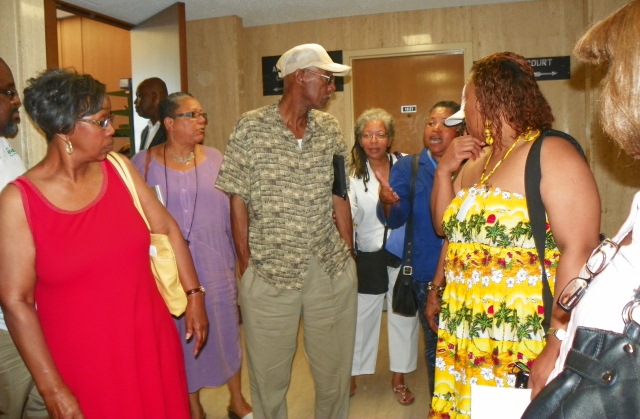
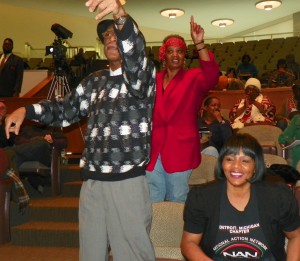

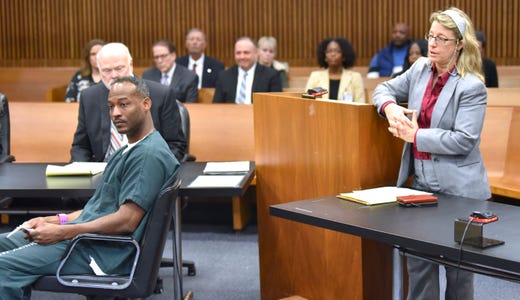
 Twilley and Cowen’s role in obtaining false convictions, along with that of other jail-house and street snitches recruited by Detroit police and prosecutors still working today, has been well-documented since the mid-90’s. Investigative news articles, and at least one book, Who Do You Serve, Who Do You Protect?: Police Violence and Resistance in the United States, by
Twilley and Cowen’s role in obtaining false convictions, along with that of other jail-house and street snitches recruited by Detroit police and prosecutors still working today, has been well-documented since the mid-90’s. Investigative news articles, and at least one book, Who Do You Serve, Who Do You Protect?: Police Violence and Resistance in the United States, by 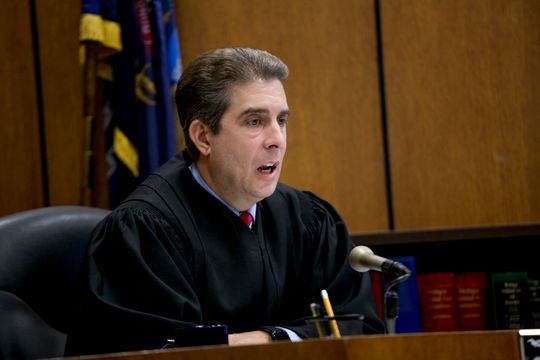
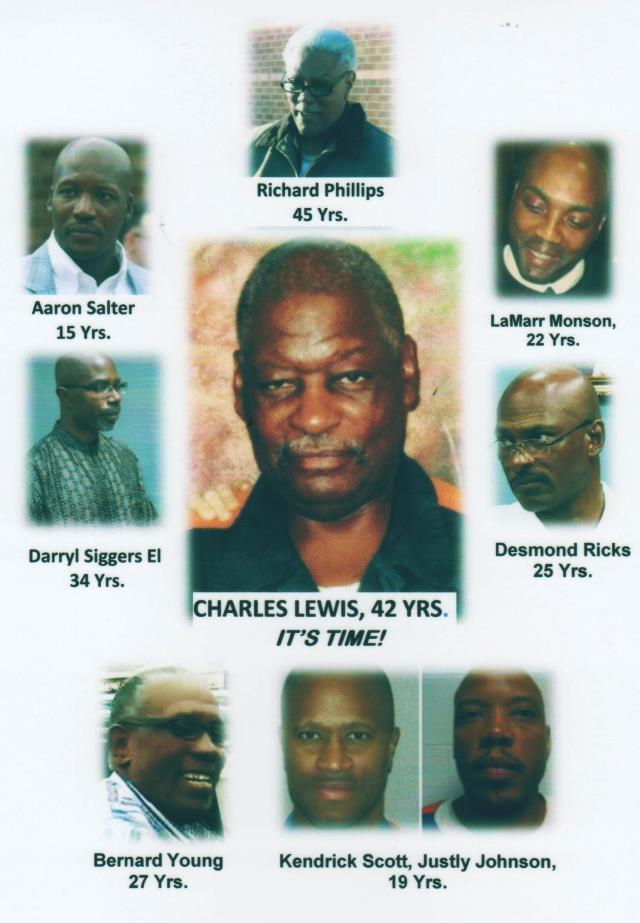
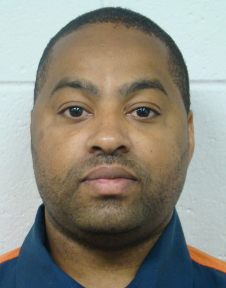
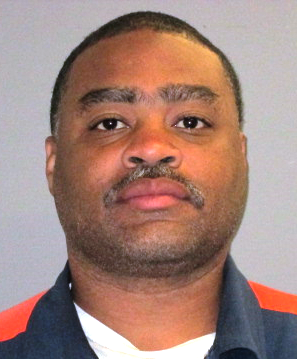
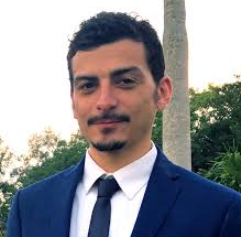
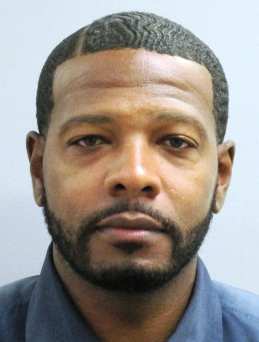
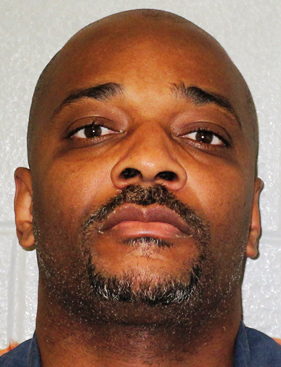
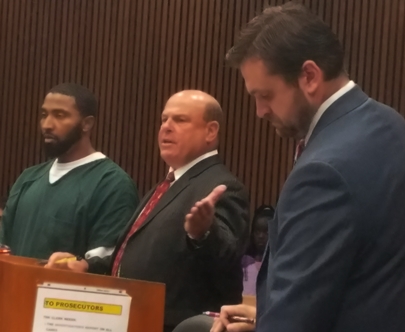
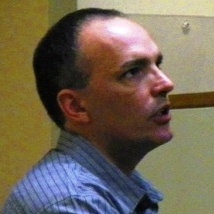

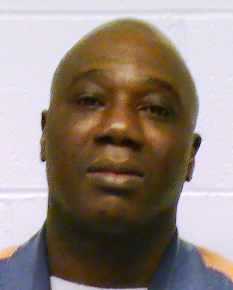
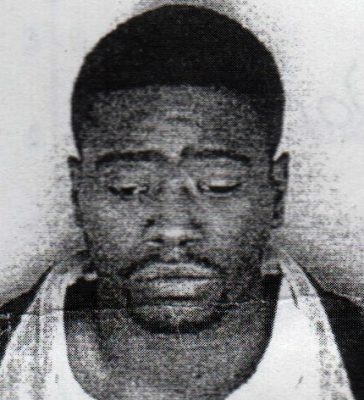


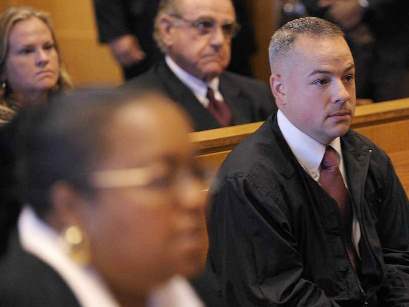

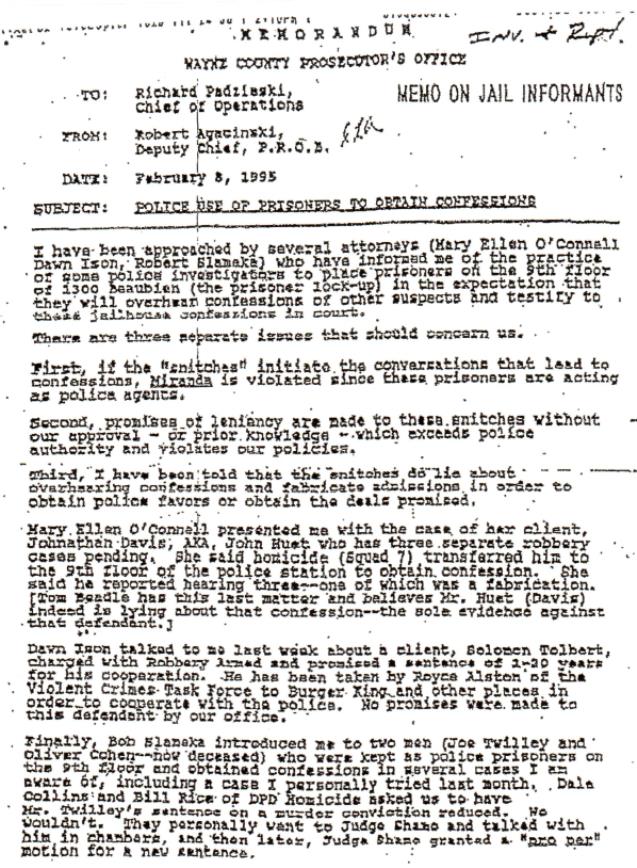
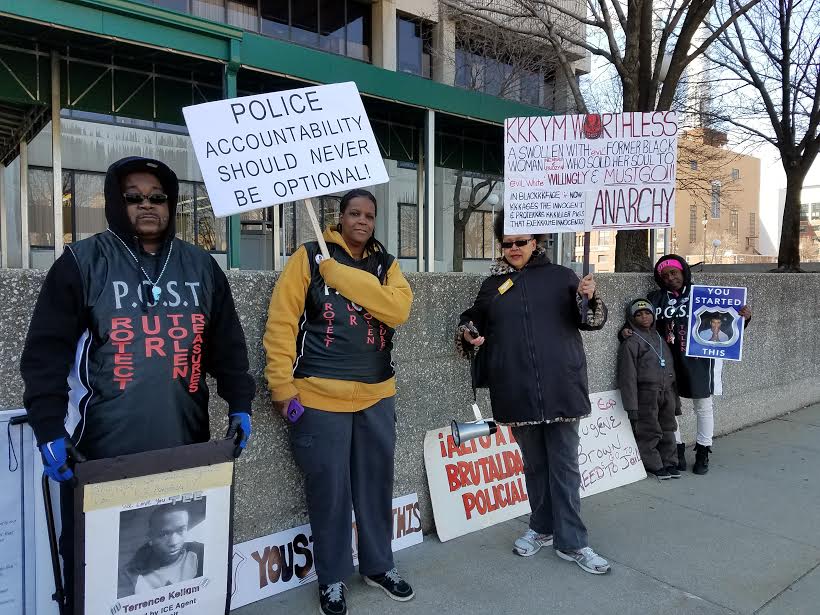

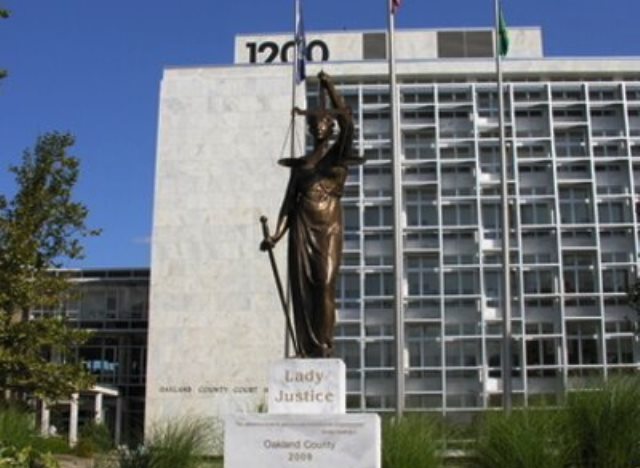
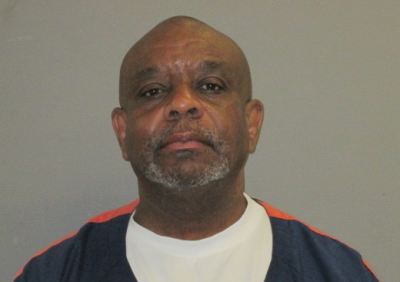
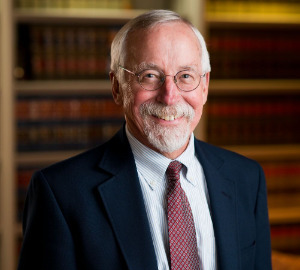
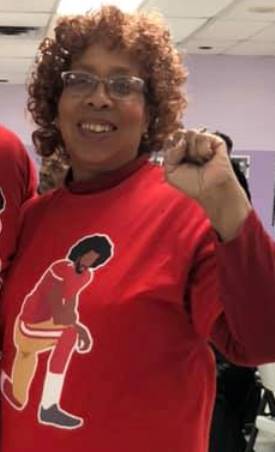



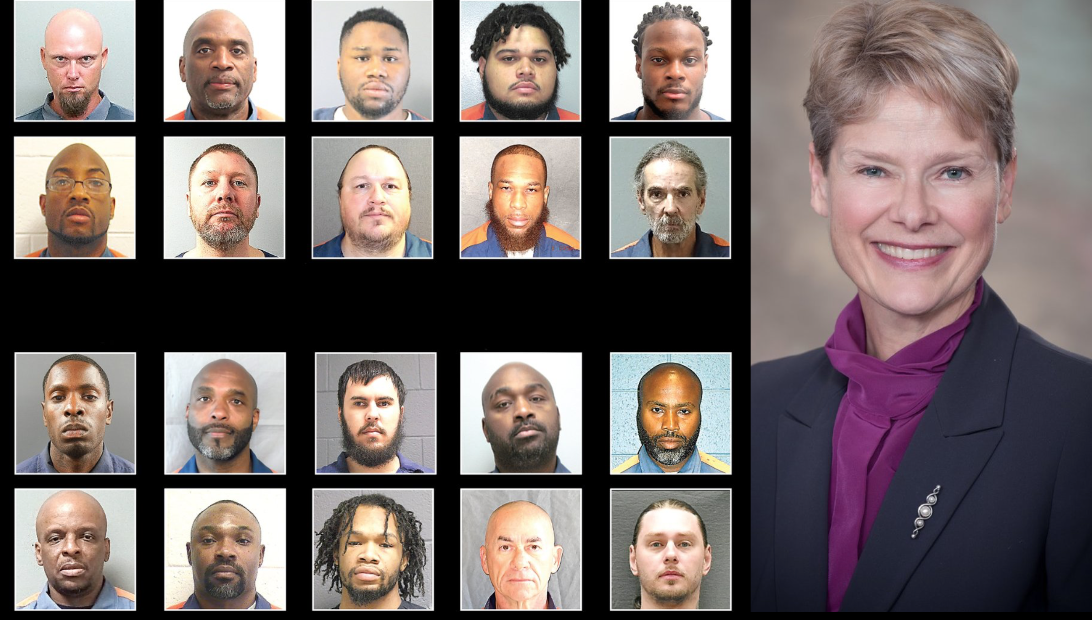
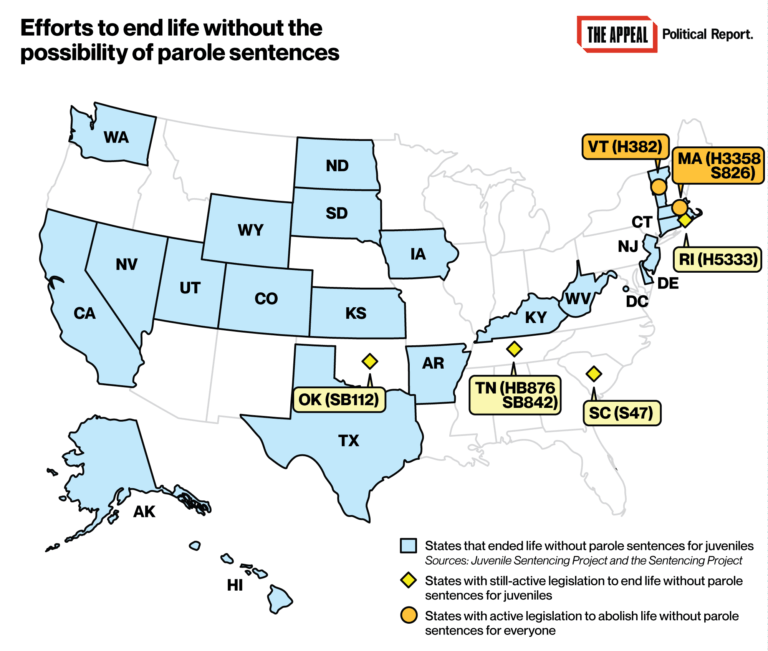
 VOD: The article below is being re-published with some corrections (e.g. not all lifers are ‘murderers’ as original headline termed them, and some are actually innocent). It is important for Michigan residents to read about Pros. Siemon’s efforts, to encourage support here for the national anti-LWOP movement opposing “death by incarceration.” The states shown above all have active legislation that would bar LWOP for adults.
VOD: The article below is being re-published with some corrections (e.g. not all lifers are ‘murderers’ as original headline termed them, and some are actually innocent). It is important for Michigan residents to read about Pros. Siemon’s efforts, to encourage support here for the national anti-LWOP movement opposing “death by incarceration.” The states shown above all have active legislation that would bar LWOP for adults.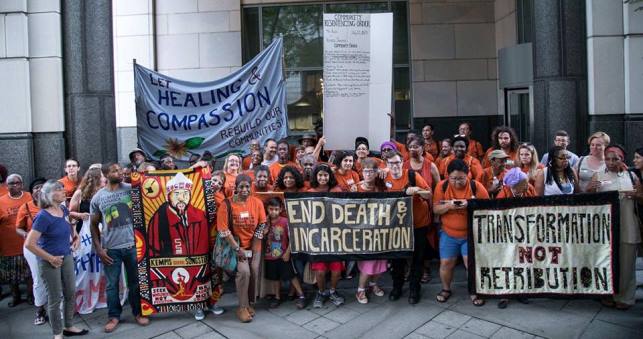
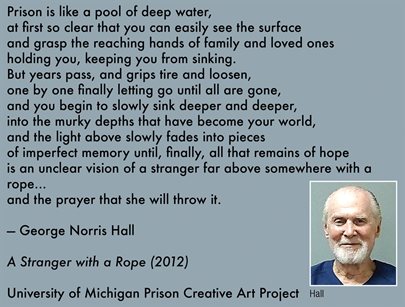
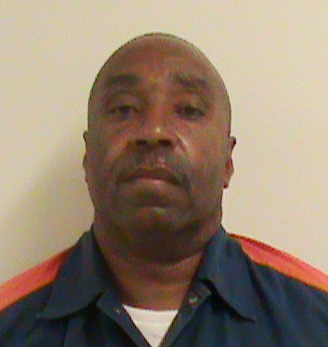
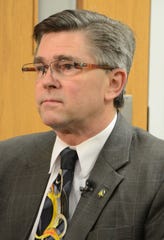
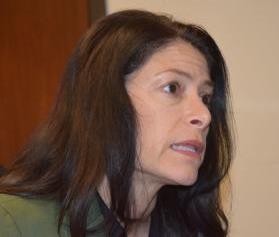

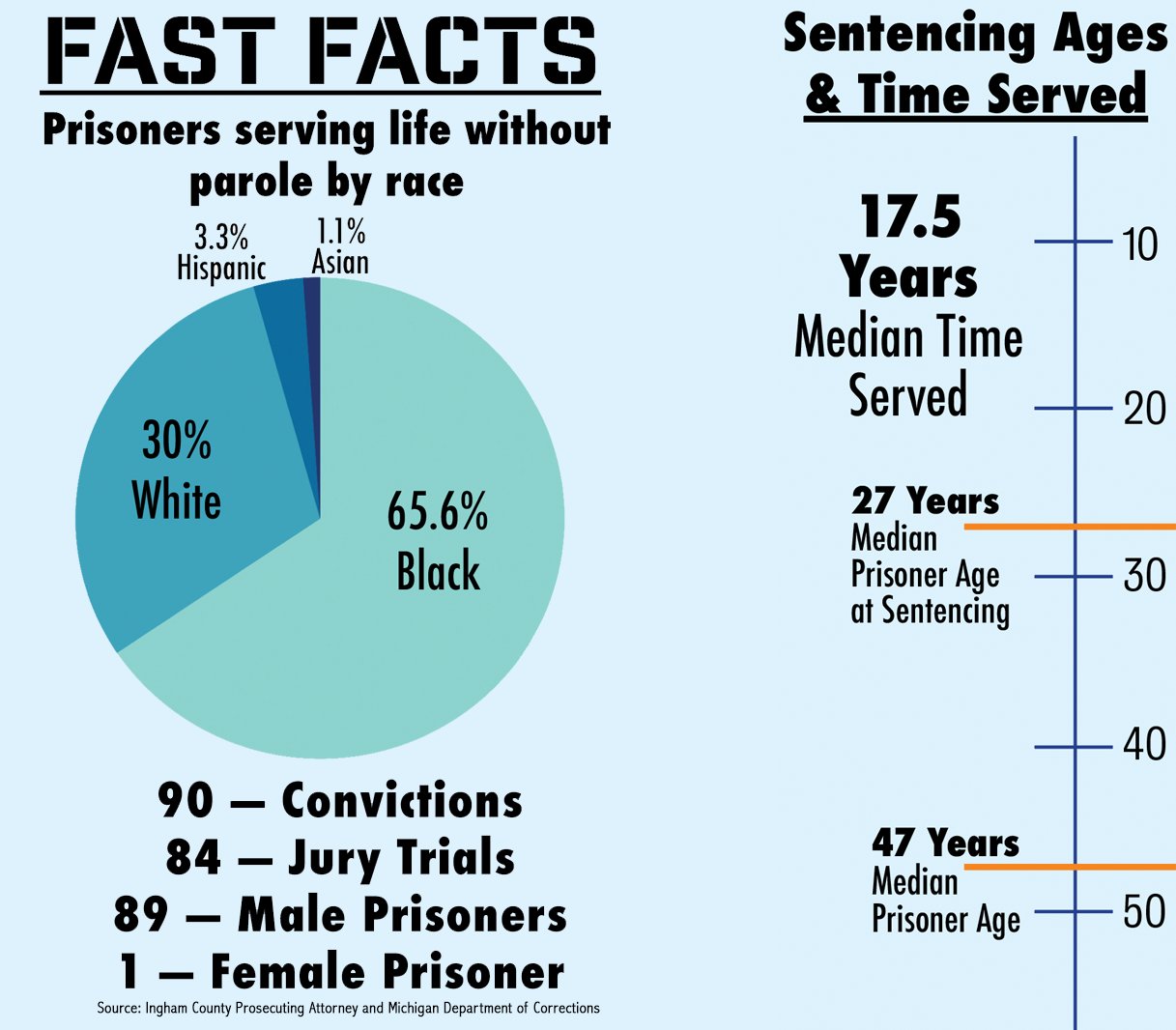 Siemon hasn’t established a precise timeline for the ongoing prisoner review process and noted that Emery theoretically could decide that none of the prisoners actually deserve to have their sentences commuted. If those recommendations make it to the governor’s desk, however, she’s confident that Whitmer will take action.
Siemon hasn’t established a precise timeline for the ongoing prisoner review process and noted that Emery theoretically could decide that none of the prisoners actually deserve to have their sentences commuted. If those recommendations make it to the governor’s desk, however, she’s confident that Whitmer will take action.
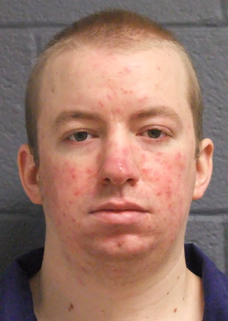







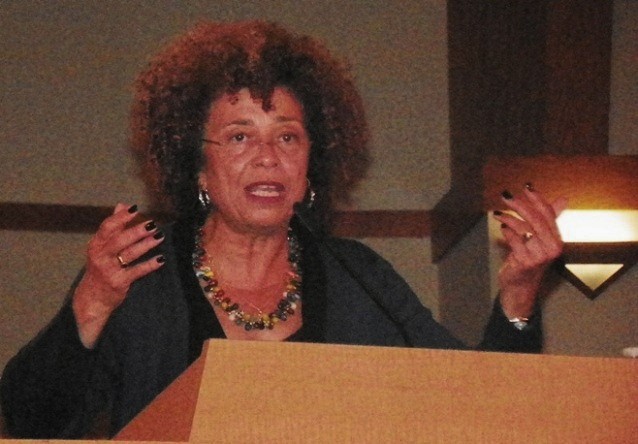
 Contrary to what many people would have us believe, what our nation is experiencing is not an “aberration.” The politics of “Trumpism” and “fake news” are not new; they are as old as the nation itself. The very same playbook has been used over and over in this country by those who seek to preserve racial hierarchy, or to exploit racial resentments and anxieties for political gain, each time with similar results.
Contrary to what many people would have us believe, what our nation is experiencing is not an “aberration.” The politics of “Trumpism” and “fake news” are not new; they are as old as the nation itself. The very same playbook has been used over and over in this country by those who seek to preserve racial hierarchy, or to exploit racial resentments and anxieties for political gain, each time with similar results. He promised to solve this imaginary crisis through mass deportation and building a wall between the United States and Mexico. He also insisted that his political opponent, Hillary Clinton, wanted “millions of illegal immigrants to come in and take everybody’s jobs.” And he blamed domestic terroristic attacks in New Jersey and New York on “our extremely open immigration system,” which, he argued, allows Muslim terrorists into our country.
He promised to solve this imaginary crisis through mass deportation and building a wall between the United States and Mexico. He also insisted that his political opponent, Hillary Clinton, wanted “millions of illegal immigrants to come in and take everybody’s jobs.” And he blamed domestic terroristic attacks in New Jersey and New York on “our extremely open immigration system,” which, he argued, allows Muslim terrorists into our country.